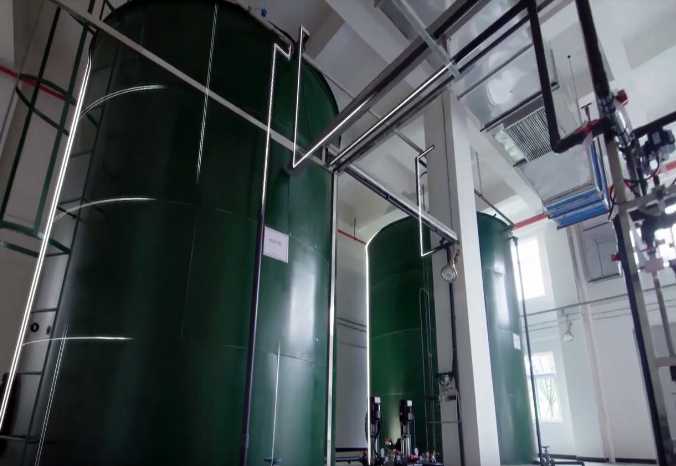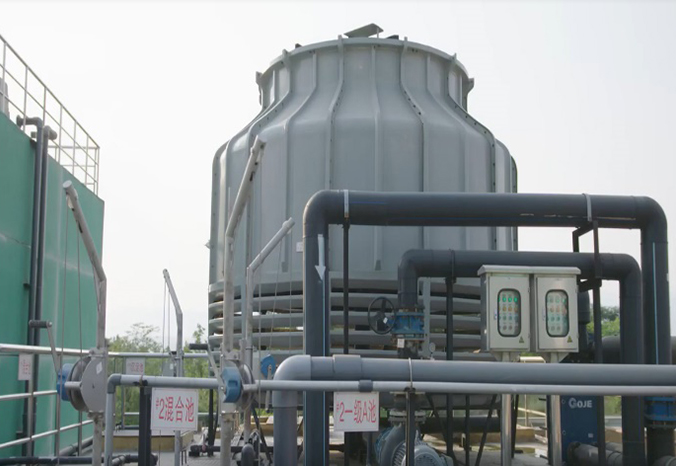Executive Summary
Bestech Clean Energy designs, constructs and operates Municipal Solid Waste to energy facilities. Each Waste-To-Energy facility can be scaled to meet the waste disposal and energy needs of the local communities. The plant will take in approximately 20,000 tons of municipal solid waste annually for every megawatt of power produced. For example, a large city produces enough waste to support a 2,000 ton per day incineration Plant. That sized plant could generate 46 megawatts of electricity per hour depending upon BTU content of the waste materials.
The WTE plant will earn revenue primarily from tipping fees from the waste delivered to the facility and sales of the electrical power generated by the plant. Additional revenues could be earned from the sales of the recyclable materials which are removed from the MSW, if so desired, as part of the solid waste processing. The ash material can be used in concrete manufacturing or as landfill cover.
BCE incineration systems are designed for continuous operation which offer 24 hours a day power generation. We offer incineration systems designed to suit your needs.
The WTE plant will earn revenue primarily from tipping fees from the waste delivered to the facility and sales of the electrical power generated by the plant. Additional revenues could be earned from the sales of the recyclable materials which are removed from the MSW, if so desired, as part of the solid waste processing. The ash material can be used in concrete manufacturing or as landfill cover.
BCE incineration systems are designed for continuous operation which offer 24 hours a day power generation. We offer incineration systems designed to suit your needs.


As part of the development process, BCE will analyze your current MSW volumes and trash makeup. From there, we can design a WTE plant specifically to meet your waste processing needs. The plant size and power output are only limited by the volumes of MSW that can be provided to run the plant.
A 350 tpd plant with a fully automated sorting/shredding system would provide permanent jobs for 40-to-50 workers. A 2,000 tpd plant with limited sorting automation could provide multiple benefits to the area it serves in the form of 400 to 500 permanent jobs for a 2,000 Mw plant. It would take in waste that might otherwise be sent to a landfill. The solid waste materials are used as feedstock for the process. Incinerating the solid waste diverts it from going to a landfill, thereby eliminating potential landfill methane gas production, Incineration of the MSW takes place in 1 to 5 days and allows revenue realization within a short period of time rather than a wait of two years or more for landfill gas production. The process uses more of the MSW solid waste materials than are possible with anaerobic decomposition and landfill gas production.
Electricity produced from incineration of MSW is a renewable resource that will contribute in meeting energy goals.
Strategically placed WTE incineration plants and locally generated power can reduce transmission line losses and distribution system congestion making the system more efficient. Local companies and labor will participate the construction of the facility. For its operation, a 46-Megawatt plant will create approximately 400 to 500 permanent jobs and inject an equivalent amount of wages into the local economy. The plant ensures local municipal waste haulers remain in business and competitive against alternatives that would haul the waste to more distant disposal sites and increase hauling costs and carbon emissions from diesel trucks' exhaust.
The plant will deploy well established incineration and power generation technologies for the conversion of waste into electricity. Modern incineration is a proven technology that holds great promise for alternative energy. The front of the whole process is an efficient material sorting and shredding system that can remove valuable metal and glass resources that can be recycled rather than buried and lost forever.
A 350 tpd plant with a fully automated sorting/shredding system would provide permanent jobs for 40-to-50 workers. A 2,000 tpd plant with limited sorting automation could provide multiple benefits to the area it serves in the form of 400 to 500 permanent jobs for a 2,000 Mw plant. It would take in waste that might otherwise be sent to a landfill. The solid waste materials are used as feedstock for the process. Incinerating the solid waste diverts it from going to a landfill, thereby eliminating potential landfill methane gas production, Incineration of the MSW takes place in 1 to 5 days and allows revenue realization within a short period of time rather than a wait of two years or more for landfill gas production. The process uses more of the MSW solid waste materials than are possible with anaerobic decomposition and landfill gas production.
Electricity produced from incineration of MSW is a renewable resource that will contribute in meeting energy goals.
Strategically placed WTE incineration plants and locally generated power can reduce transmission line losses and distribution system congestion making the system more efficient. Local companies and labor will participate the construction of the facility. For its operation, a 46-Megawatt plant will create approximately 400 to 500 permanent jobs and inject an equivalent amount of wages into the local economy. The plant ensures local municipal waste haulers remain in business and competitive against alternatives that would haul the waste to more distant disposal sites and increase hauling costs and carbon emissions from diesel trucks' exhaust.
The plant will deploy well established incineration and power generation technologies for the conversion of waste into electricity. Modern incineration is a proven technology that holds great promise for alternative energy. The front of the whole process is an efficient material sorting and shredding system that can remove valuable metal and glass resources that can be recycled rather than buried and lost forever.


Plants developed by Bestech Clean Energy will be state of the art in waste-to-energy incineration systems. Each installation of this incineration technology will extend landfill life by freeing up space, increase the recycling and recovery of valuable resources, and provide electrical of power from local renewable resources. Plants of this type are currently in operation.
The plant is simple, modular, rapidly constructed, and comprised of field proven components and technologies. Bestech Clean Energy's design could be in a fully enclosed facility, which keeps airborne and liquid emissions contained within the building. If odors are not a concern and the location has a moderate climate, the plant could be constructed without a building structure to reduce project costs.
The plant is simple, modular, rapidly constructed, and comprised of field proven components and technologies. Bestech Clean Energy's design could be in a fully enclosed facility, which keeps airborne and liquid emissions contained within the building. If odors are not a concern and the location has a moderate climate, the plant could be constructed without a building structure to reduce project costs.
